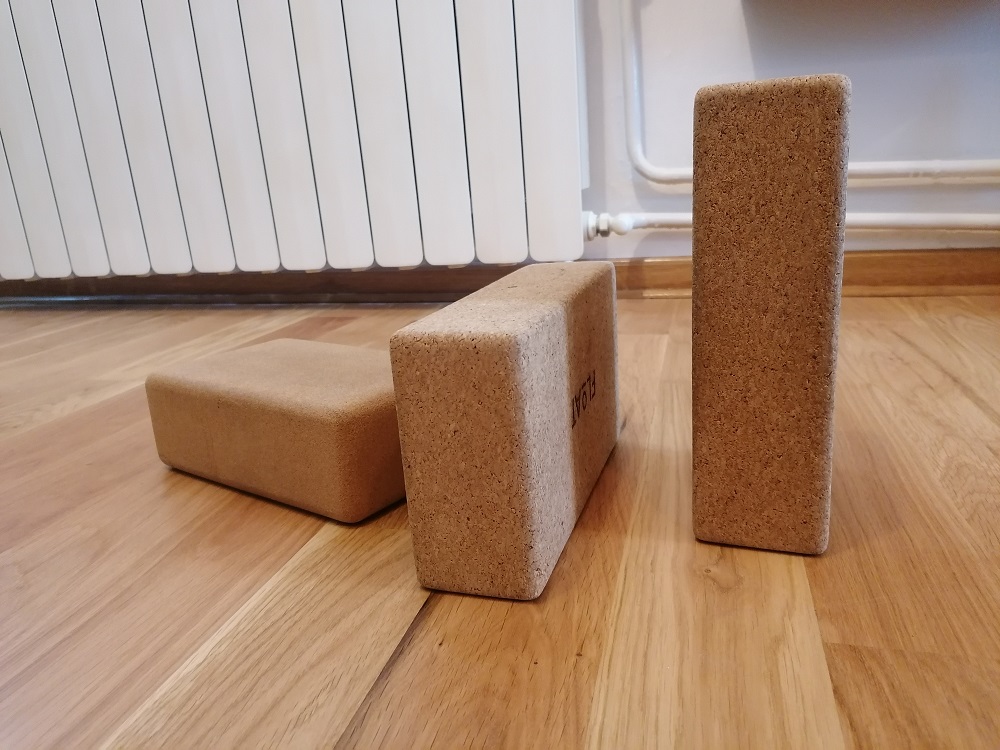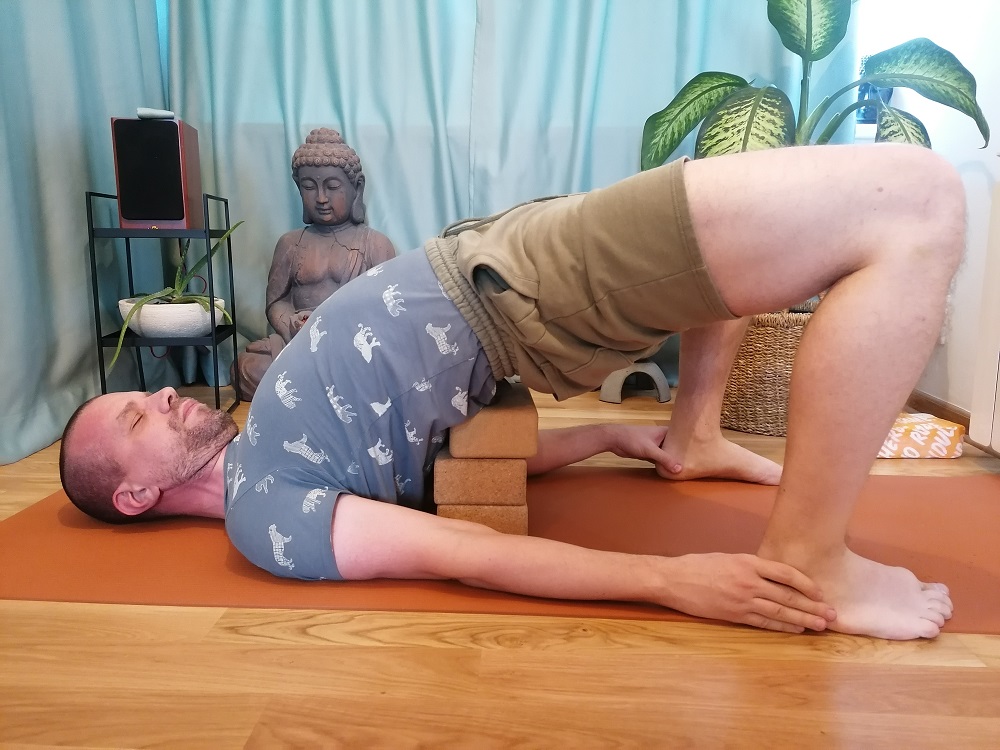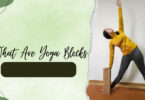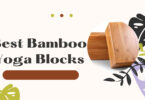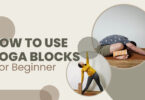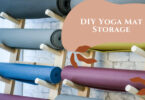Yoga blocks are just one type of support used during yoga practice. In addition to the blocks, the other most common supports are the yoga straps and, of course, the pillow, which is mainly used in relaxation poses.
What Is the Purpose of Yoga Blocks?
The goal of yoga blocks is to deepen your practice and to allow you to enter the pose safely in a way that suits your body. In that way, you allow your body to gradually open up or gradually strengthen itself.
Each entry into a certain pose using the yoga blocks should be pleasant. You should definitely keep in mind that you can make your own decisions using the blocks, that is, you can decide on a certain level using them. Each block has three heights, the so-called three sizes: small, medium and large.
Why Is it Recommended to Use Yoga Blocks at the Beginning of Yoga Practice?
In the case that you are at the beginning stages of your yoga practice and you know that you are not physically ready for a certain pose, you should use support, which in this case is yoga blocks. According to the many years of experience that I have in teaching yoga, I met with practitioners who simply do not want to use yoga blocks; they oppose their use. The reason for not using them is the same in most cases, those practitioners feel less “yogi” in their heads if they use blocks. It’s just an indication that their ego is still driving them.
That feeling in their heads changes over time and most will embrace the use of yoga blocks as something that deepens their yoga practice. They literally start using them in every possible pose. Otherwise, the practitioners who do not want to start using the yoga blocks increase the risk of certain injuries, all depending on which poses they perform. I have had a situation where the practitioners initially did not want to use the blocks at all, to a situation where they start using them without any problem, and not only one, but four or five, without any problem or hesitation.
The barrier of the limiting factor that existed in their minds is broken. They became aware that without the use of blocks, they would not progress or that progress is longer and more arduous, exposed to possible injuries. Injuries which can lead to a longer period of rehabilitation, thus a longer period without yoga practice. It should also be kept in mind that the practitioners who generally do not use the blocks sometimes implement them into their practice. The reason is simple, suppleness, flexibility, strength, and endurance of our body changes from training to training, from day to day. I also use the blocks sometimes, on certain days in certain poses. By using them, I feel that I get more benefits for my body.
By using the yoga blocks, certain poses become more accessible. With the help of yoga blocks, you will practice certain poses in a much safer and more useful way especially when it comes to twisting, back bending, or forward bending poses. Therefore, by using them, you reduce the risk of injury while performing certain poses.
With the blocks, you are given the opportunity to work the pose itself to a greater extent, to activate that part of the body that should be active in the specific pose. A very common case with practitioners who are at the beginning of their yoga practice is that they do not do the pose completely correctly without using blocks, thus they do not activate their body in a proper way.
Blocks are also used as support that can enable the development of a sense of stability and security. For example, one pose in which such a feeling can be developed using a yoga block is the bridge pose.
Blocks can also strengthen us on an emotional level. They can set us free from fears. One such pose where the blocks can free us from the feeling of fear is the crow pose. A pose that is challenging for the practitioners who are at the beginning of their yoga practice, for people who do not have a developed upper body, and for people who do not have a fully developed sense of balance. Blocks can also be used in poses where you tend to develop strength. By using them, your body gains strength in a shorter time. If you want to achieve the asymmetry of your entire body, use blocks. By doing the asymmetrical poses, you strengthen your body. Asymmetry means that each side of your body does totally different things.
It should be kept in mind that the blocks are not only used in the so-called relaxing poses. As I explained previously, blocks can help you on a number of different levels. Therefore, blocks are used in all the styles of yoga. There is no style of yoga that rejects the use of blocks. Moreover, if there was such a style, it would be questioned whether it is yoga at all.
When it comes to the types of yoga blocks, you have several of them. There are rubber blocks, foam blocks, wooden blocks, and cork blocks. Considering that I had the opportunity to experience all the listed types of blocks, my recommendation is definitely cork and wooden blocks.
The only complaint I have about these blocks are the wooden blocks, the first complaint is their weight. Wooden blocks are certainly the heaviest blocks. The second objection is the possibility of sliding. If you are too sweaty, the wooden blocks will not absorb your sweat like cork blocks would.
No matter what type of blocks you choose, incorporate them into your yoga practice. Allow your body to progress more safely.


